Energy
Section outline
-
-
In this investigation, students will design three different circuit arrangements with a switch capable of lighting a small light bulb. Then, students will draw circuit diagrams for each method that works. After discussing the energy transformations that take place within a circuit, they will use a simulation to explore the effect of multiple lights connected in series and parallel and compare the power output (light intensity) of each configuration. They will use the results of this investigation to determine the best configuration for wiring holiday lights.
-
Hovercrafts use pressurized air to travel smoothly on land or water. They are used for search and rescue efforts and to train astronauts for space missions. Hovercrafts can even transition from land to water, making them an exciting amphibious vehicle. In this activity, students will investigate the relationship between friction and motion by building a simple hovercraft.
-
Types of Energy (Physics)
This lesson introduces students to different types of energy, energy sources, and renewable vs nonrenewable energy resources.
Activities in this Lesson:
- Videos: Different Forms of Energy with Questions
- Nonrenewable and Renewable Energy Resources Article for discussion and questions.
- Check for Understanding Activity and Questions
- Create a Poster Formative Assessment
-
Calculating the Power Efficiency of Various Wind Turbine Blade Designs
Activities in this lesson:
- Energy jokes!
- How to calculate power and power efficiency
- Power efficiency lab
-
The Physics of Rollercoasters
This lesson introduces students to the concepts of potential and kinetic energy, and conservation of energy using the concept of roller coasters and simulations.
Activities in this lesson:
- Top 10 roller coasters in the world
- Roller coaster simulation
- Individual student lab activity
- Checking for understanding
-
Topics
- Position
- Velocity
- Acceleration
Description
Learn about position, velocity and acceleration vectors. Move the ladybug by setting the position, velocity or acceleration, and see how the vectors change. Choose linear, circular or elliptical motion, and record and playback the motion to analyze the behavior.
Sample Learning Goals
- Draw motion vectors (position, velocity, or acceleration) for an object moving in 2D. Interpret position, velocity, and acceleration vectors for an object moving in 2D.
- Explain how velocity affects position.
- Explain how acceleration affects velocity.
- Explain why the velocity and acceleration vectors behave as they do for linear, circular, and elliptical motion.
-

